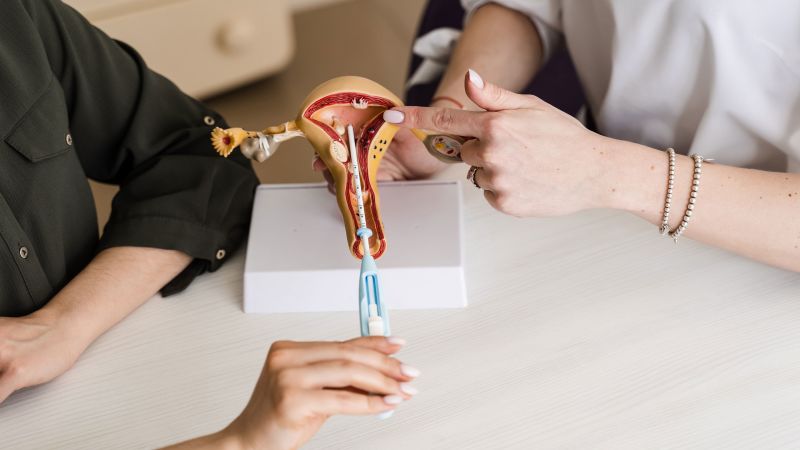In breaking news, gynecology nurse practitioner Stephanie Edwards-Latchu has conducted over 450 intrauterine device insertions. Some women may barely feel the device being placed in their uterus, while others describe it as the worst pain they have ever experienced. The devices are the third most common form of birth control in the US, but some patients have reported being dismissed by other providers when expressing concerns about pain during the procedure.
In response to these concerns, the US Centers for Disease Control and Prevention has released updated recommendations for clinicians on managing pain during IUD insertions. The new guidance suggests the use of lidocaine as a local anesthetic or numbing agent to help reduce patient discomfort. This marks a significant shift from previous guidelines and emphasizes personalized pain management plans for each individual.
Dr. Tessa Madden, a professor at the Yale School of Medicine, highlighted the importance of these updated guidelines in addressing long-standing challenges in pain management during IUD insertions. Previous research has shown that only a small percentage of family planning providers currently use lidocaine injections during the procedure, despite its potential benefits in reducing pain.
Dr. Beverly Gray, an associate professor at Duke University, emphasized the need for open discussions about pain management options with patients undergoing IUD insertions. Research has shown that women’s pain is often underestimated and undertreated in medical settings, leading to potential mismanagement of discomfort during procedures.
While IUDs are a highly effective form of contraception, concerns about pain during insertion can deter some individuals from choosing this method. The new guidelines come at a time when there is increased demand for contraception following changes in reproductive health laws. Providers like Edwards-Latchu are seeing a rise in students seeking IUDs as they prepare to move to areas with restrictive reproductive health policies.
Overall, the updated guidelines provide an opportunity for healthcare providers to listen to their patients and create better experiences for them during IUD insertions. Patients are encouraged to ask questions about pain management options and anxiety support during their consultation appointments to ensure a more personalized and comfortable experience.



